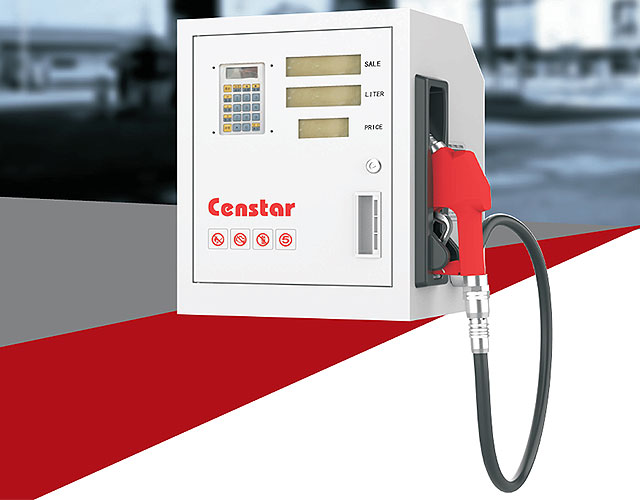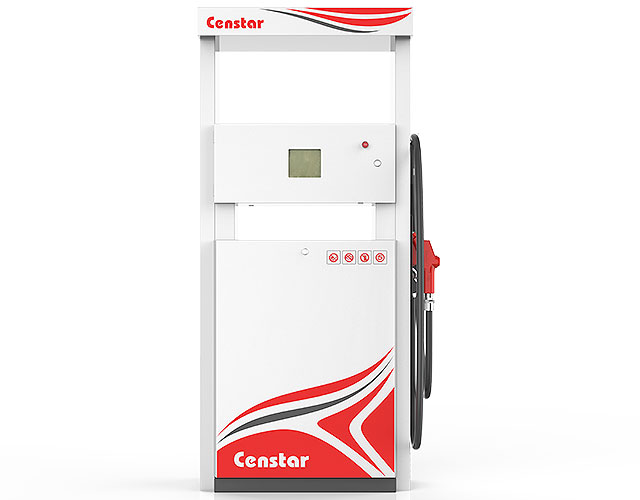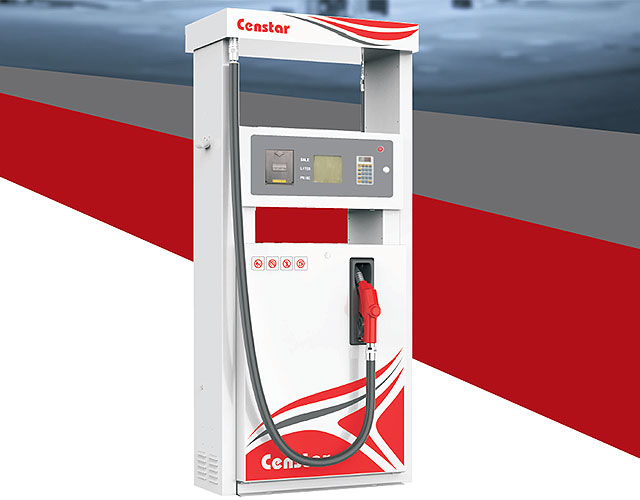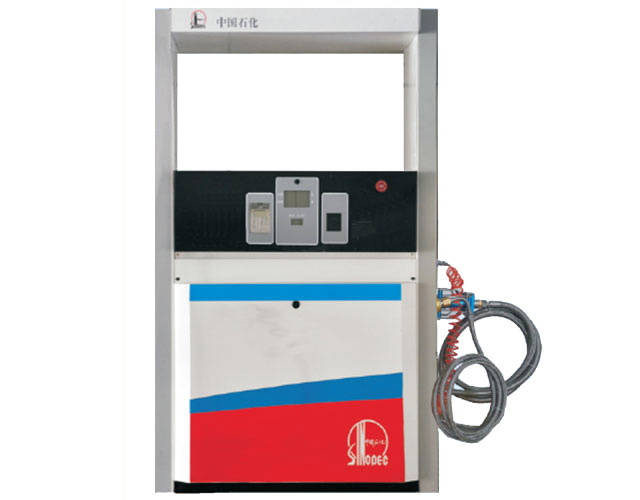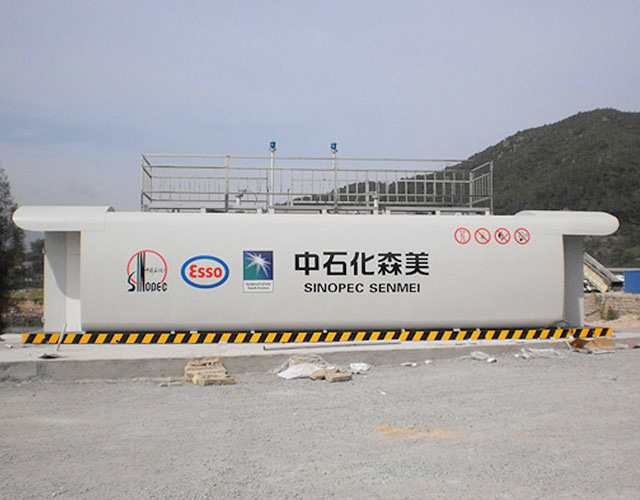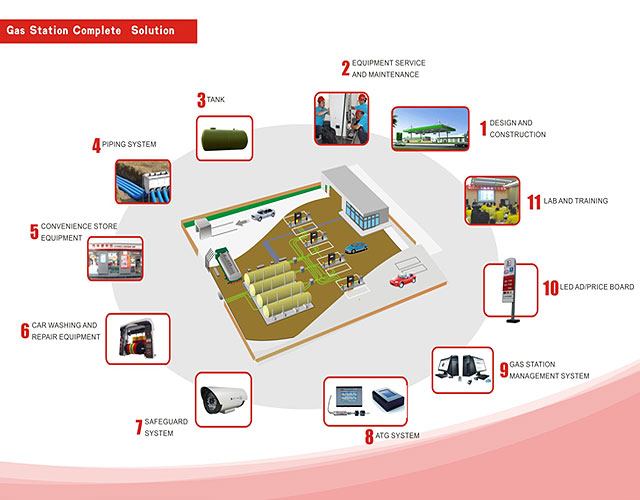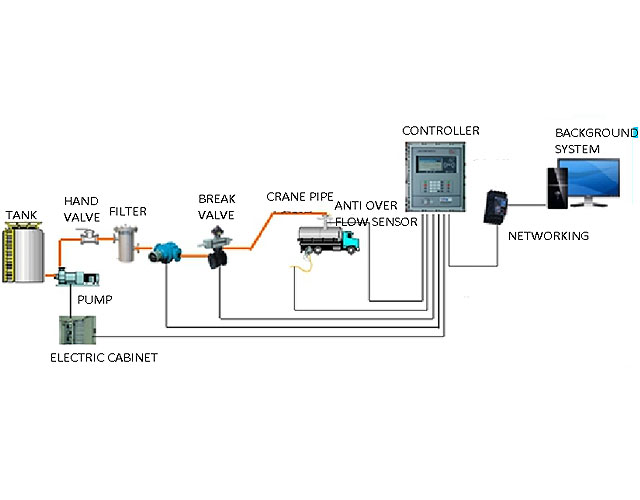how distance between natural gas pipeline and fuel station

United States Pipelines map Crude Oil (petroleum
The pipeline routes on the map are labeled with the codes that are explained in the table. Pipeline label codes are colored green for oil, red for gas and blue for products, such as gasoline, propane and ethylene. The diameter, length and capacity of the pipeline, if known, are shown on the table.

The Engineering Science of Oil Pipelines
Oil pipelines transport liquid petroleum products from one point to another. There are generally three types of oil pipelines[1]: 1. Gathering lines: travel short distances, collect unprocessed oil products from wells and deliver them to oil storage tanks. Pipes range from 4 to. 12 inches in diameter.

Estimation of safety distances in the vicinity of fuel gas
Estimation of safety distances in the vicinity of fuel gas pipelines. However, literature on the response of buried pipelines to blast loads are scarce due to various constraints, of which most deal with estimation of safety distances of explosions in the vicinity of gas pipelines [1,4,5, 21] .

Iroquois Gas Transmission System, System Map, Forms, Open
Fuel such as coal, crude oil or natural gas, formed from the fossil remains of organic material. Natural Gas pipeline Safety Act of 1968 (Amended b) capacity of a pipeline by constructing pipeline sections parallel to the existing pipeline for a portion of the distance between compressor or pump stations. The new lines are connected to

Pipeline Valves—Always Ready Valve Magazine
According to Hart Data and Mapping Services, the United States has over 700,000 miles of crude oil and natural gas pipelines—about 100,000 miles of crude onshore pipelines and over 600,000 miles of onshore gas pipelines. This number stands to greatly increase as drilling in the various shale plays across the continent occurs.

Pipelines PetroWiki
For natural gas gathering lines, the Weymouth equation can be used to size the pipe. Transmission pipelines “Cross country” transmission pipelines will collect the product from many “supply” sources and “deliver” to one or more end users. There are three general categories of transmission pipelines: Natural gas Carry only natural gas

Millennium Pipeline Company LLC Glossary
Partial Looping A method for increasing carrying capacity of a pipeline by constructing pipeline sections parallel to the existing pipeline for a portion of the distance between compressor or pump stations. The new lines are connected to the main pipeline at the beginning and end of each section.

Dangerous Neighbors: Pipelines, Compressor Stations, and
reviewed study specific to PA compressor stations found that “distance to industrial sites correlated with the prevalence of health symptoms. For example, when a gas well, compressor station, and/or impoundment pit were 1500 4000 feet away, 27 percent of participants reported throat irritation; this

New Natural Gas Pipelines and Proximity to Homes The
For example, A 26 inch, 600 psi natural gas pipeline would have an approximate 450 foot hazard area radius, according to the C FER model. The model does not take into account things like wind, topography, and any protection such as berms or fire walls.

Gas Distribution Network Codes ,Standards : Guidelines
• Custody of Gas from Gas Transmission System or Natural Gas Grid is transferred at City Gate Station of Gas Transporter at an intermediate pressure of 350 PSIG • The LDC receives gas through a City Gas Ring Main circling the city along the periphery .

Compressor Stations: What They Do, How They Work, and Why
Liquid Separation and Filtering at Compressor Stations Compressor stations typically include scrubbers, strainers or filter separators which remove liquids, dirt, particles, and other impurities from the natural gas. Though natural gas is considered “dry” as it passes through the pipeline, water and other hydrocarbons may condense out

Pipeline/Utility Gas Pipeline Signs and Labels
Gas Pipeline Signs and Labels. If you have a workplace with any kind of gas lines, you know the importance of properly identifying high pressure lines, compressed gas pipelines, toxic fumes, gas valves, meters and 811 Do Not Dig areas with easy to read safety stickers, labels and signs. Keep your workplace, your employees

Fundamentals Of Gas Pipeline Metering Stations Pipeline
Fundamentals Of Gas Pipeline Metering Stations This article looks at pipeline natural gas metering station design but does not address the equations and empirical data used to calculate gas flow rates and volumes for custody transfer.

Gas Pipeline Design SlideShare
Pipeline ComponentsCOMPRESSOR STATIONS Natural gas is highly pressurized as it travels through interstate lines To ensure the flowing gas remains pressurized, compression is required Compressor stations usually placed at 40 to 100 mile intervals along pipeline 9.

How Do Pumping Stations Work? Rigzone
Pumping Stations at Work: Trans Alaska Pipeline. Pumping Station 1 has a pumping capacity of 420,000 barrels of oil per day, and Pumping Station 5 has a through put capacity of 150,000 barrels of oil per day. All the other stations house a pumping capacity of 55,000 barrels of

Last updated: September Pipeline Basics SpeciThcs About
Pipeline Basics SpeciThcs About Natural Gas Pipelines Pipeline Briefing Paper 2 Last updated: September Page 1 Introduction to Pipelines There are over 2.6 million miles of fuel pipelines

A Presentation on Pipelines Material Selection in Oil
Injection lines: Pipelines injecting water / steam / polymer / gas into the wells to improve the lift. Flow lines: Pipelines from the well head to the nearest processing facility. Trunk lines / Inter field lines: Pipelines between two processing facilities or from pig trap to pig trap or from block valve station to block valve station.

Natural gas and CO2 price variation: impact on the
Comparison of LNG and pipeline CAPEX. If, however, if the amount of natural gas is 20 bcmpa, and the pipeline has a diameter of 1220 mm (48 inches), the break even point is around 3750 km. For 10 bcmpa, with a pipeline diameter of 1020 mm (40 inches), it is around 2200 km.

Using Hot Taps For In Service Pipeline Connections US EPA
Using Hot Taps For In Service Pipeline Connections (Cont’d) addition, removing a pipeline segment from service can occasionally cause gas service interruptions to customers. For example, a shutdown connection on a steel line can require one to three or more days of pipeline outage and possible interruption of natural gas shipments in addition

Pipeline101 What Is The Cost of Transportation
The amount charged to the pipeline’s customer may depend on the amount transported, the distance between receipt and delivery points, and competition to transport products in the market. According to the National Academy of Sciences, on average the pipeline’s rate comprises about 2.5 cents of the cost at the pump to buy retail gasoline.


